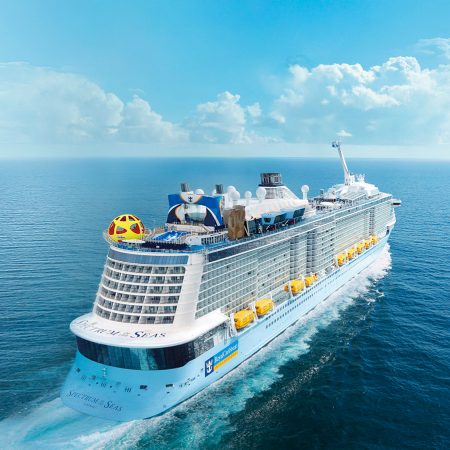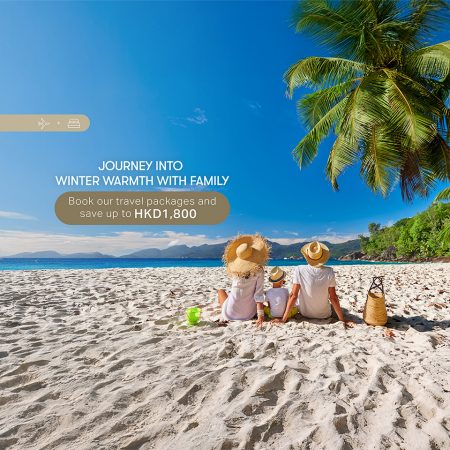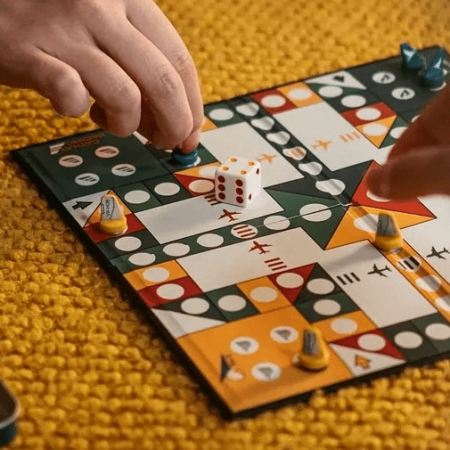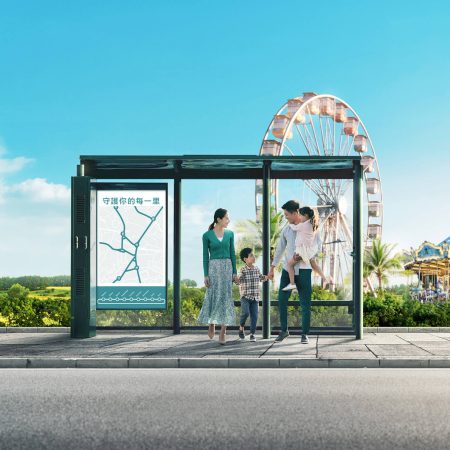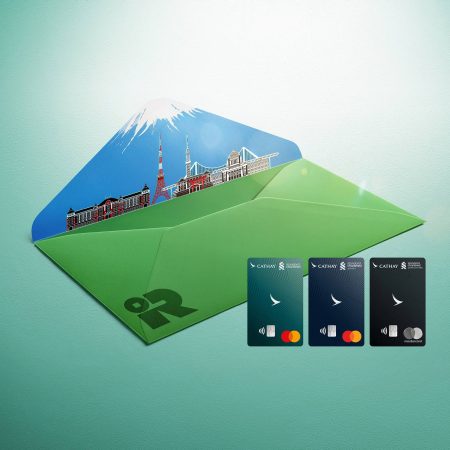Australia: The ultimate playground for families
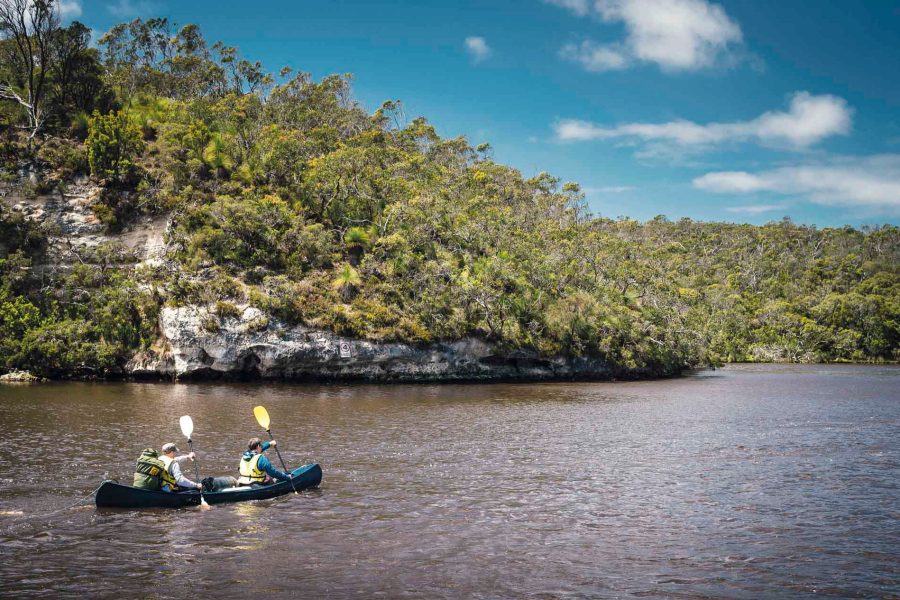
The landscapes of Australia – vast, wild, varied – were made for family travel. Yes, there are the big-nod adrenaline rushes (theme parks, shows, festivals) – but there’s also the immersive, the natural and the cultural that children are just as likely to appreciate.
Only problem is, they’re tricky to navigate. The dolphins in Monkey Mia and the camels in Broome are both in the same state: Western Australia. But forget about seeing them both in a day – there’s 18 hours of solid driving between the two.
So don’t do everything. Choose one or two things – and do them well. Rest assured that eye-rolling teens will forget about the iPad once they’ve had three days on a canoe trip down a remote river; pirate-obsessed tots will remember laying in the shadow of a marooned ship on the world’s biggest sandy island; and parents will never forget taking their wide-eyed tribe to their first live concert. Those dinosaur footprints with grandad? Best holiday ever…
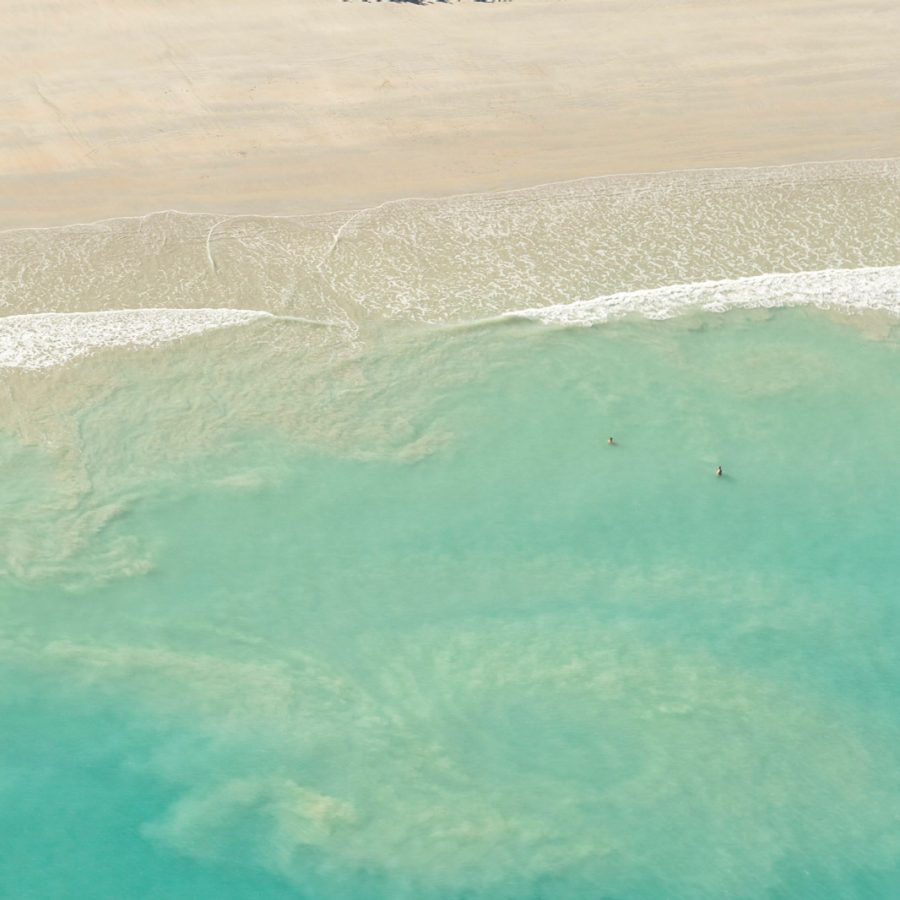
Credit: Gerson/ASAblanca via Getty Images
Camel rides in Broome, Western Australia
Camel rides along Broome’s spectacular 22 kilometre Cable Beach, on the northern tip of Western Australia, are legendary. While the deficient dental health of the animals – and the ensuing bad breath – will spoil the kids for intrigue and hilarity, grown-ups can revel in the serene calm of that slow, lolling gait as the camel train makes its way along the wave-swept white sands. In the afternoon, the Instagrammable four-legged, elongated shadows of the camels stretch into the Indian Ocean, and the setting sun glazes the scene in pinks and golds.
Glenelg River Canoe Trail, Victoria
Aussie author and illustrator Trace Balla’s Rivertime is a coming-of-age story about a 10-year-old boy who heads off on a canoe trip down Victoria’s Glenelg River with his birdwatching uncle. After a reluctant start, he finds a connection with the land, its creatures and, ultimately, himself. The beautifully illustrated children’s book and the Glenelg River Canoe Trail have spawned many a family adventure on the Victoria-South Australia border, taking in dramatic limestone cliffs and native bushland. At one stop there’s a cave to explore. The trail is well set up for overnights stays with canoe-access campsites along the way. Local firms hire out canoes, life jackets and watertight plastic barrels for storing camping equipment, food and marshmallows – and they’ll pick you up at the end.
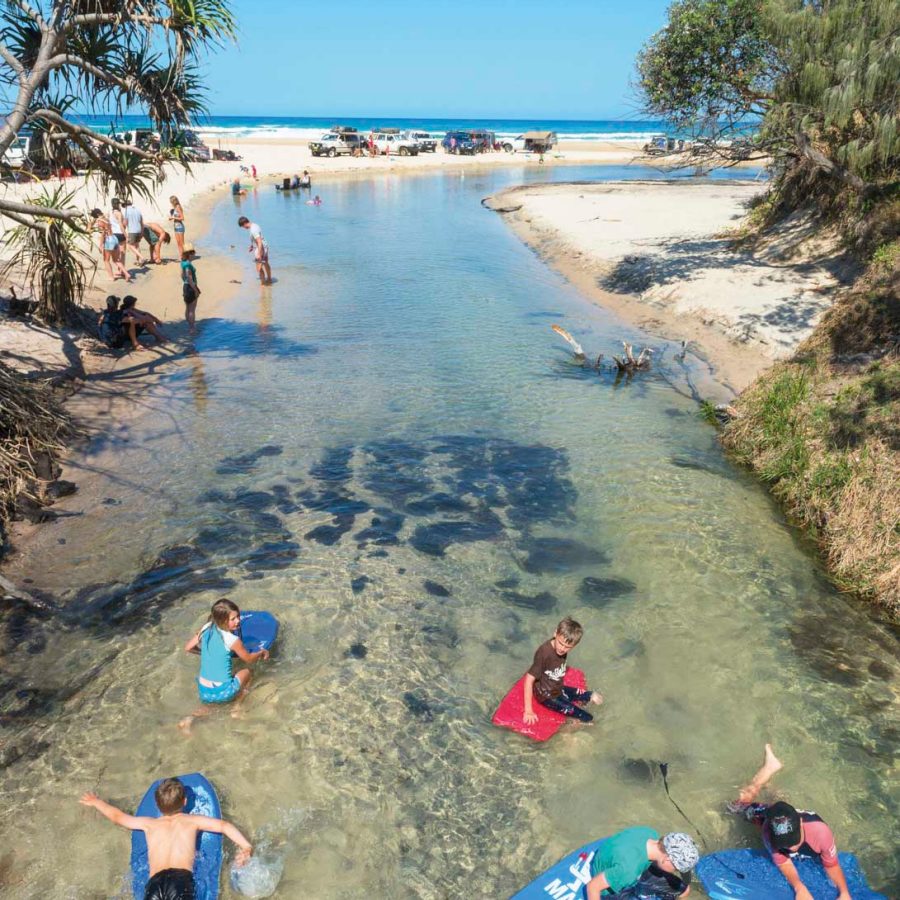
Credit: ImageBROKER / Alamy Stock Photo / Argusphoto
Fraser Island, Queensland
Little glass bottles filled with stripes of coloured sand are some of Australia’s most iconic souvenirs – you’ll spot them on dust-covered shelves and mantlepieces across the country. They’re from Fraser Island , a bucket-list destination for young Aussie families wanting to get some sand between their toes. Fraser Island is Unesco World Heritage-listed and is also the world’s largest sand island, spanning 184 hectares and stretching 123 kilometres. Access is via 4WD on an adventure that includes freshwater swimming lakes, hill-high sand dunes, cliffs featuring 72 different shades of sand (that are cleverly filtered into different patterns in those bottles), and 75 Mile Beach where the rusted hulk of the Maheno shipwreck dominates the shoreline.
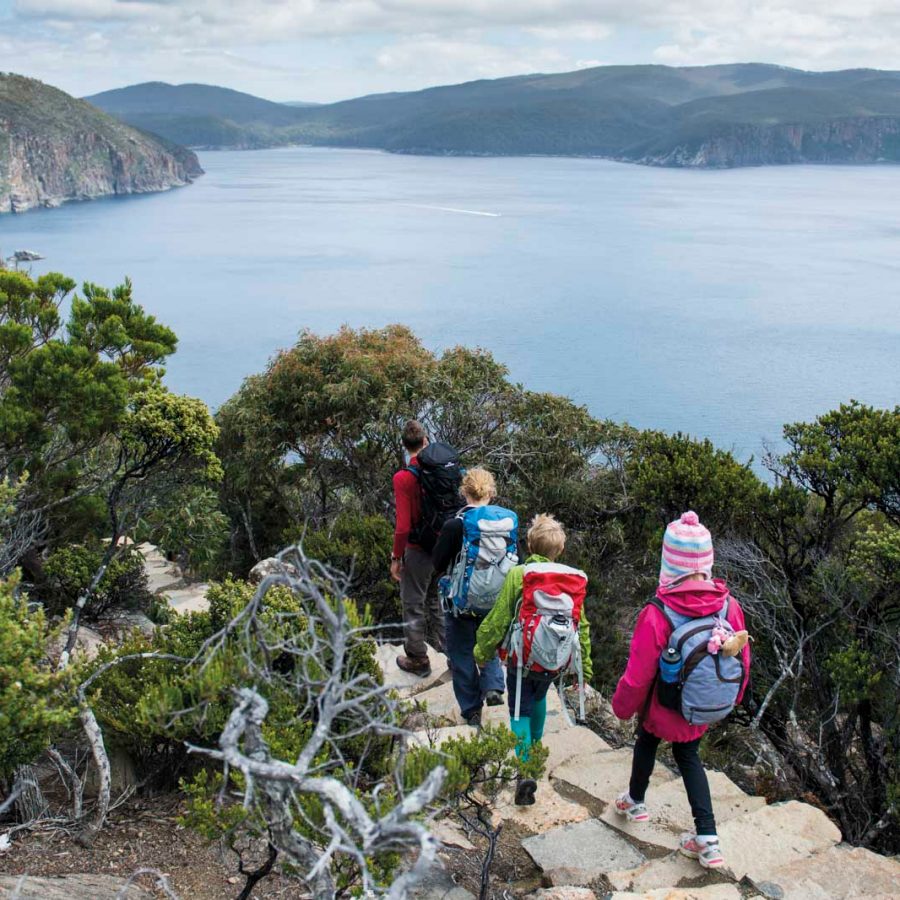
Credit: Stuart Gibson / Tasmania Parks and Wildlife Service
Three Capes Track, Tasmania
Okay, so your youngest just turned seven and your oldest is still young enough to appreciate family holidays – it’s time to walk the Three Capes Track , one of Tasmania’s newest and most invigorating forays into this southern Australian state’s coastal wilderness. The four-day, three-night, easy-to-moderate walk crosses 46 kilometres of coastline: head any further south from here and you’ll end up in Antarctica. Walkers (a limit of 48 per day) are required to carry all their own equipment and food, but accommodation is in the form of new eco cabins kitted out with shared kitchen-dining areas, heating, running water – and even a cold shower. For parents who think this sounds like hard work, specialists Three Capes Gear & Gourmet can provide posh food and all the equipment you need for the trip.
Murray to Mountains Rail Trail, Victoria
In northeastern Victoria, the Murray to Mountains Rail Trail is a 100 kilometre walking and cycling path on terrain that’s mostly flat, making it ideal for cyclists and pillion passengers alike. Depending on which section you cover, the track traverses river flats, wine country and alpine terrain. The nine kilometre Rutherglen to Wahgunyah leg is an ideal starter section with flat trails and a river swim along the way. The 16 kilometre Beechworth to Everton station leg is downhill all the way and features old brick bridge crossings and cellar doors (including this writer’s aunt’s Pennyweight Winery). Foodie families will appreciate the 18 kilometre Wangaratta to Milawa via Oxley leg, which has pit stops for cheese, mustards, olives and apple juice.
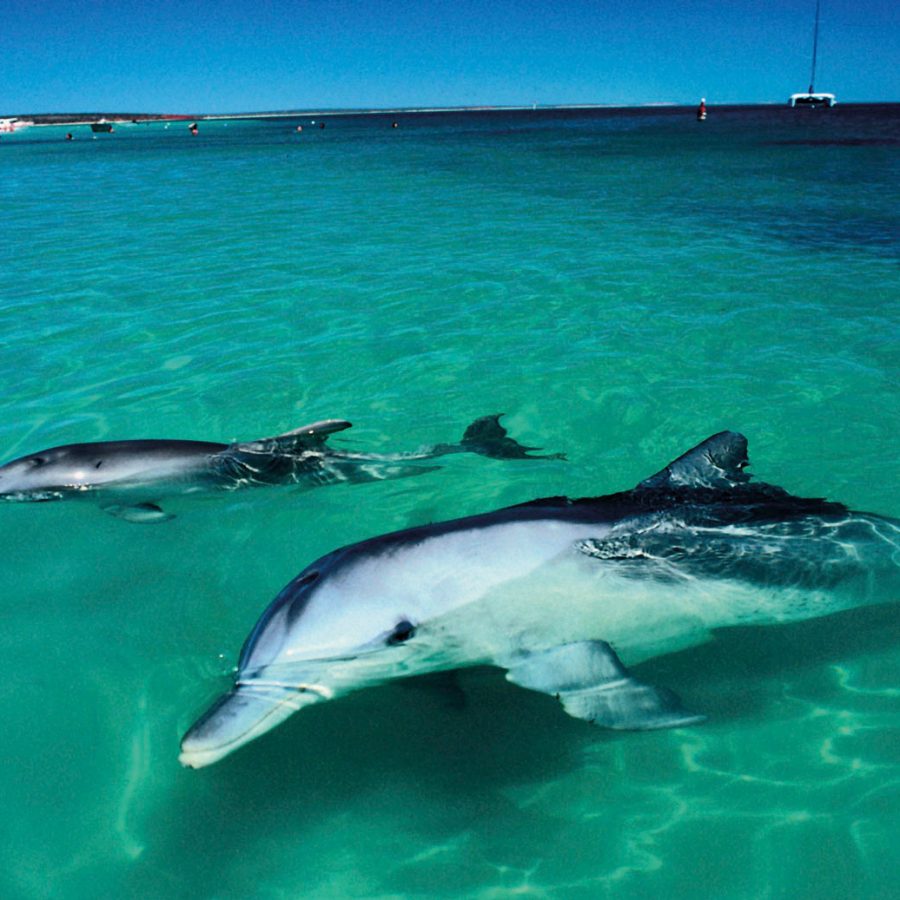
Credit: Martin Cohen / Wild About Australia / Lonely Planet Images / Getty Images
Monkey Mia dolphins, Western Australia
Seeing dolphins swim alongside your boat is pretty good, having them swim up to you on a beach is ‘awesome, Mum’. Monkey Mia, a remote town and marine reserve on Western Australia’s Coral Coast , 850 kilometres north of Perth, is known for its pod of wild bottlenose dolphins that have been playfully swimming to shore to interact with the locals for the past 20 to 30 years. Feeding times, between 7:30am and midday, invite tourists to line up ankle deep in the water (under instruction by local rangers) and feed the dolphins fresh fish.
Vivid, Sydney, New South Wales
Seeing projections of snakes slithering all over the Sydney Opera House and paint dripping down the front of the Museum of Contemporary Art is the stuff kids’ dreams are made of – so, too, is walking around in the dark with a flashing light sabre and neon pink tiara. Vivid , a ‘Light, Music and Ideas’ festival and the world’s biggest light show, is a cultural highlight for grown-ups and a vision spectacular for teens, tweens and tots. Must-do exhibits include the magical Botanic Garden walk, where projections include vines writhing around the trunks of old heritage trees and a sensory exploration of the colour red. Or jump on a ferry to Taronga Zoo, where giant animal light sculptures line the pathways and a cable car shows off the strobe-lit Sydney Harbour Bridge. 25 May-16 June
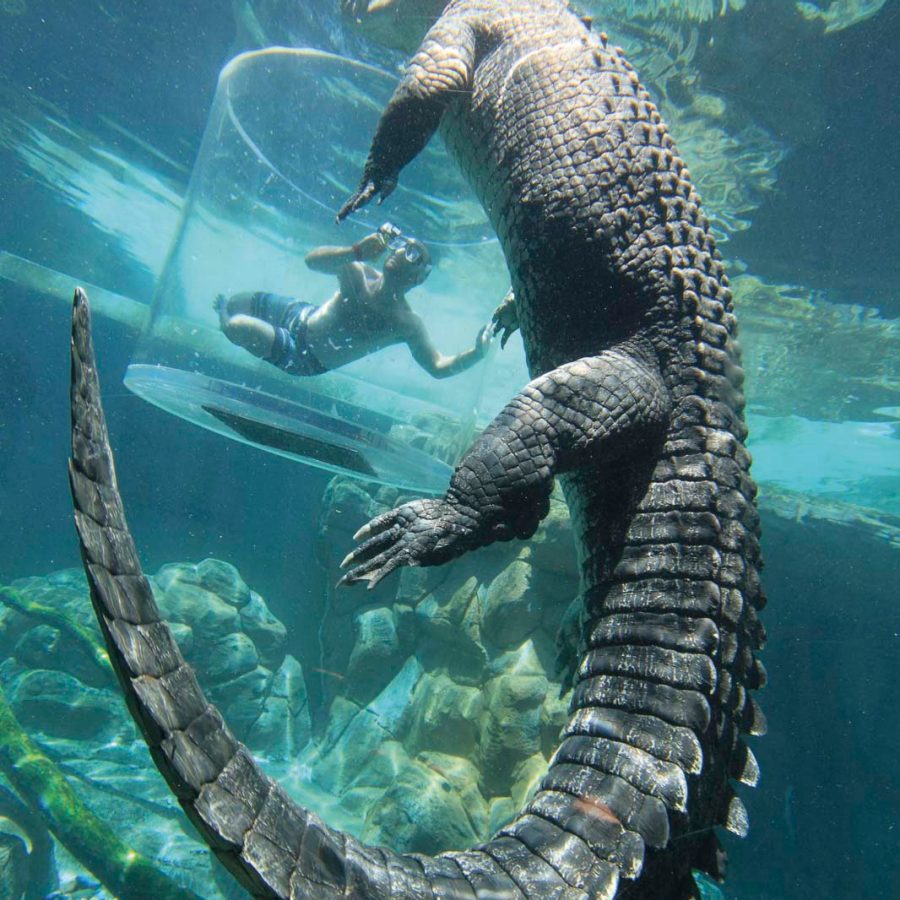
Crocosaurus Cove, Darwin, Northern Territory
Welcome to a reptile fear fest in the centre of Darwin. The Cage of Death, featuring an immersion into the living quarters of a five-metre-long saltwater croc called Chopper, is the star of Crocosaurus Cove for daring 15-plus teens and adults. The younger ones can swim in a glass-walled pool right next to the young croc cage or look into the jaws of death as you feed the crocs with a fishing rod. Families can also get up close and personal with snakes, baby crocs and the 70 other natives on display in the reptile house.
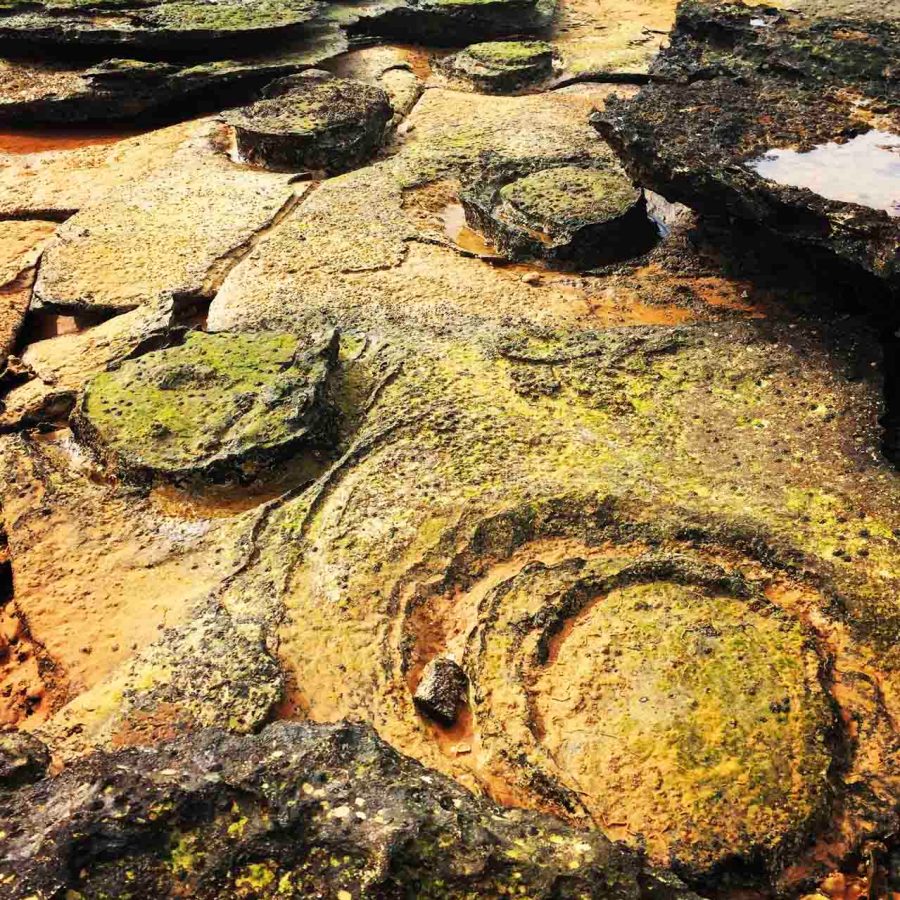
Dinosaur Footprints, Western Australia
Tell the kids you’re going on a hunt for dinosaur footprints and, depending on their age, they’ll only half believe you. But up on the beaches of Broome, in Western Australia’s most northern pocket, is the real deal. Local Yawuru man Bart Pigram’s personalised cultural tour , along the remote Roebuck Bay coastline, provides an insight into the region’s 130-million-year old dinosaur footprints and the rich and fascinating stories surrounding them. Drawing on his indigenous heritage, Pigram also explores the sand dunes to identify goanna (a native lizard) trails, points out edible native fruits and nuts and shows the kids how to find natural bush soap and sunscreen.
More inspiration
- China – the Chinese Mainland, Hong Kong SAR, Macao SAR and Taiwan Region
- Hong Kong SAR - English
- Chinese Mainland (China) - English
- Taiwan, China - English
- 香港特別行政區 - 繁體中文
- 中国內地 - 简体中文
- 中國台灣 - 繁體中文
- Africa
- South Africa - English
- Asia
- Bangladesh - English
- Korea - English
- Singapore - English
- Cambodia - English
- 한국 - 한국어
- Sri Lanka - English
- India - English
- Malaysia - English
- Thailand - English
- Indonesia - English
- Maldives - English
- ประเทศไทย - ภาษาไทย
- Indonesia - Bahasa Indonesia
- Myanmar - English
- Vietnam - English
- Japan - English
- Nepal - English
- Việt Nam - tiếng Việt
- 日本 - 日本語
- Philippines - English
- Australasia
- Australia - English
- New Zealand - English
